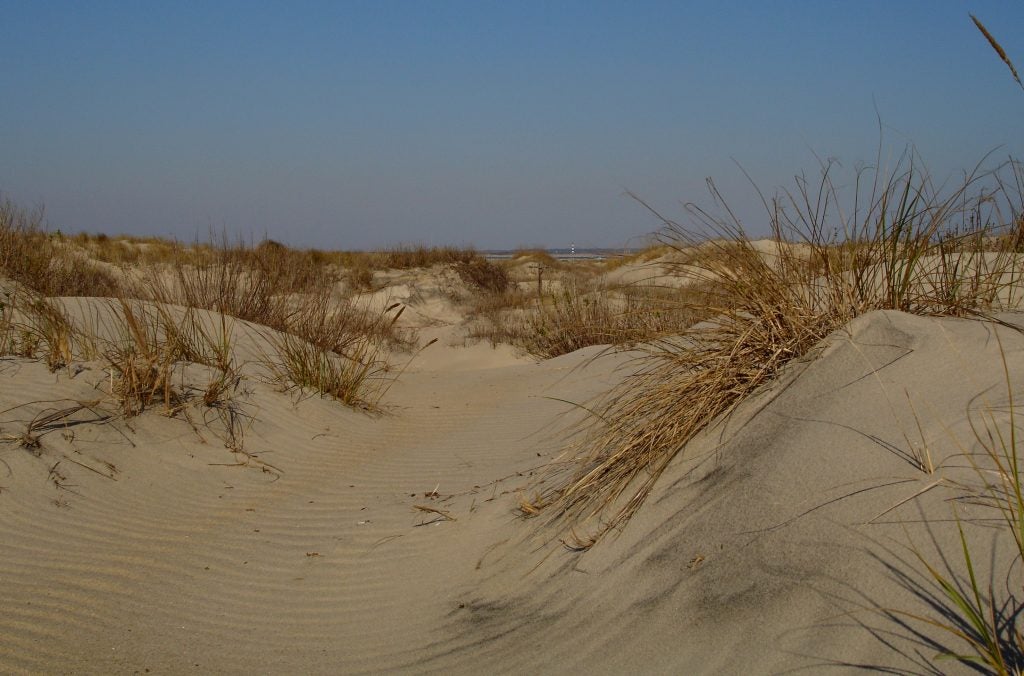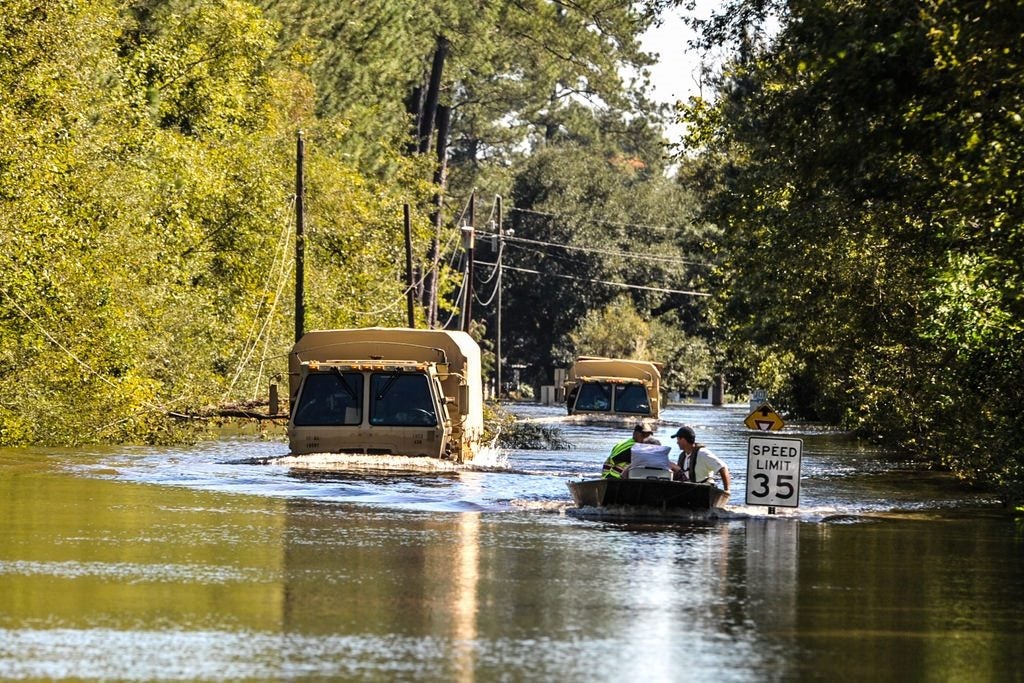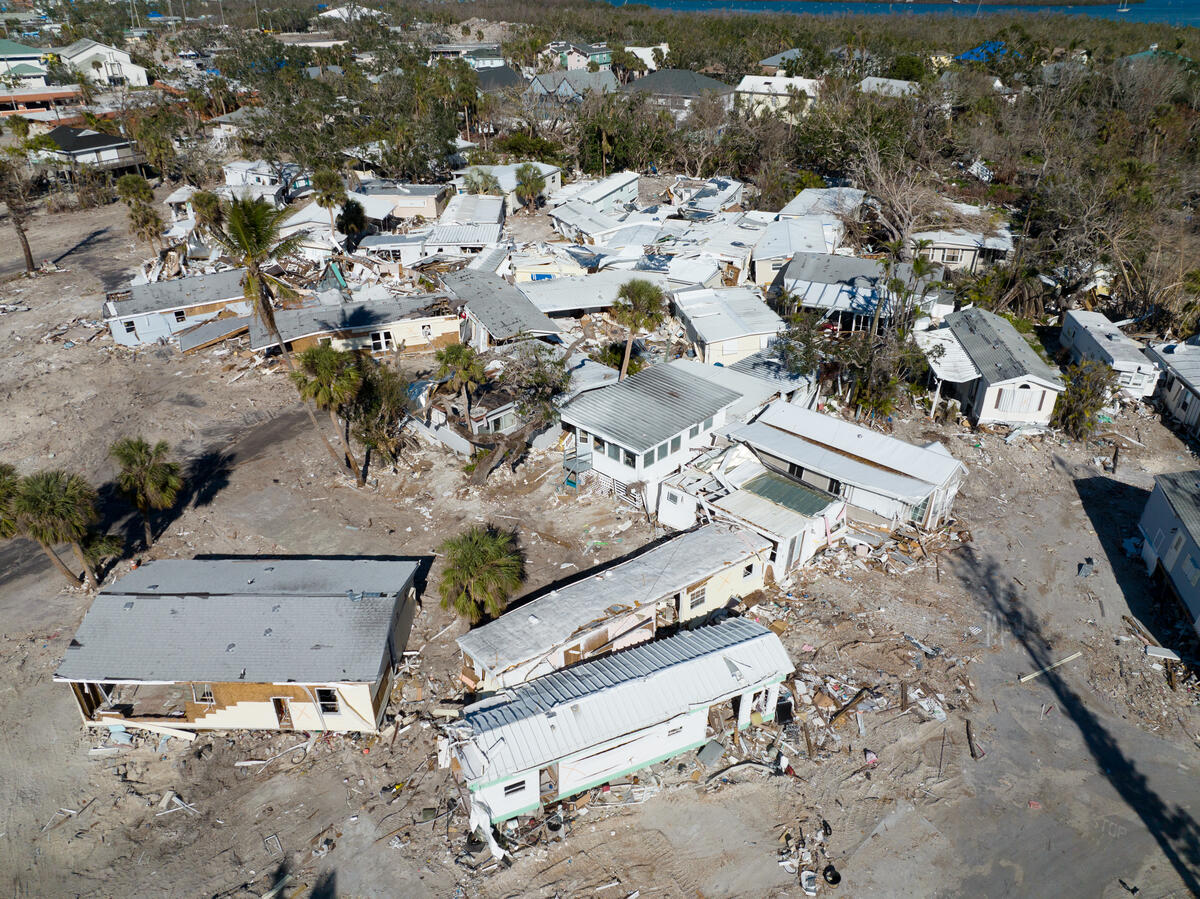On April 4, the Federal Emergency Management Agency (FEMA) was directed under the Trump administration to eliminate one of the largest disaster preparedness programs in the country. By defunding the Building Resilient Infrastructure and Communities (BRIC) program, the administration will be canceling more than $882 million in funding aimed at helping communities reduce their risks and minimize costs ahead of natural disasters. These programs help keep people safe and save taxpayer dollars when future storms hit. As we enter this year’s hurricane season, BRIC funding cuts, along with other actions targeted at dismantling disaster safety nets, leave vulnerable states and communities less prepared than ever.
Growing Returns
Selected tag(s): hurricanes
Major federal funding cuts leave communities less prepared for hurricane seasons
Building climate resilience requires a whole-of-government approach. Here’s how Louisiana is making it happen.
As communities in southwest Florida, Puerto Rico and elsewhere in the Caribbean struggle to recover from the damages of an active hurricane season, efficient, proactive resilience solutions have never been more important.
Louisiana continues to be a world leader in the planning and implementation of coastal resilience. Louisiana will release the fourth iteration of its Coastal Master Plan in early 2023, which provides the most science-based and publicly informed plan in the nation. Since the first plan, $21.4 billion has been invested in flood resilience infrastructure – focused on restoration of coastal ecosystems that provide essential flood risk benefits and grey infrastructure such as levees and seawalls. Other state agencies have also invested billions in rebuilding their infrastructure, such as schools, hospitals and prisons.
However, flood resilience is not just about infrastructure but also the ability of government agencies to maintain programs and services their constituents rely upon, from trash collection to food assistance to healthcare. Louisiana is the first to take a step toward a whole-of-government approach to ensure communities have access to the essential services they need to rebuild and thrive in the face of future flood risks.
The sea is rising faster than ever. How can we prepare?
NOAA and interagency partners just released an updated technical report, showing that sea levels will rise by up to a foot nationally by 2050, and potentially by up to two feet by 2100 depending on rates of emissions.
While the findings are stark, we have an urgent window of opportunity to increase protection for communities, natural resources and infrastructure across our coasts and watersheds.
Here are five recommendations for how government leaders can increase the resilience of coastal communities before the worst effects of sea level rise take hold.
4 ways North Carolina’s Legislature can build lasting flood resilience
As North Carolina continues to recover from a string of flooding and storm disasters, legislative leaders have recognized the opportunity for the state to not just recover from recent storms but to rebuild better before the next disaster.
This week, Environmental Defense Fund released a white paper [PDF] recommending four specific policy actions that would better protect residents and businesses from more severe flooding, create jobs and increase climate resilience.
These four policies will also help the state better compete for federal funding, build capacity within communities and equitably align solutions for those who are disproportionately impacted by disasters. Read More
Natural infrastructure is gaining momentum when our country needs it most
(This post was co-authored by Shannon Cunniff and Grace Tucker)
2019 has been an unprecedented year for extreme weather, and we’re still in the thick of hurricane season. As disasters have increased, so has the popularity of using nature-based solutions to reduce flood hazard and exposure while also benefiting ecosystems and wildlife.
Along our coasts, healthy natural features – such as mangrove forests, wetlands, reefs and barrier islands – can be used to absorb the shock of storm surge, waves and rising sea levels. Further inland, nature-based features along rivers and in their floodplains can slow and retain water to help protect nearby communities.
In terms of public awareness, funding and policy, natural infrastructure is gaining steam as a critical strategy to help people and property become more resilient in the face of extreme weather. Read More
How to accelerate the use of natural infrastructure to aid climate change adaptation
Florida and North Carolina are once again recovering from hurricanes – this time, from two of the largest storms to hit our coasts in a century. In a climate-driven world, an important aspect of recovery is rebuilding in ways that make communities safer and more resilient to storms.
One strategy for reducing future flood risks is restoring natural features such as barrier islands, dunes, wetlands and floodplains. These natural infrastructure solutions help slow storm surge and hold flood waters, reducing the devastating impacts of storms.

Even where a dune was completely lost during a storm, it did its job. A dune’s job is to be a chew toy for waves, so that roads and houses aren’t being chewed on. (Photo Credit)
Yet, despite what we know about the effectiveness of these features, natural infrastructure is still an underutilized resilience strategy.
While there is broad agreement that natural infrastructure can be an effective, sustainable means to reduce flood damages, existing information gaps make it difficult for city planners, engineers and decision-makers to fully support these practices. The good news is there is work already underway to help fill these gaps and make natural infrastructure solutions more accessible. Read More
Will we be prepared for the next natural disaster? Let’s make sure the answer is “Yes.”
It’s hard to believe it’s been nearly a year and a half since Hurricane Matthew delivered devastating floods across eastern North Carolina. With so many families and communities still recovering from that storm, the thought of having to prepare for the next one is daunting, but it’s a necessary reality.

The wide-spread devastation that the 2017 hurricane season brought to the U.S., Puerto Rico, and the Caribbean demonstrates the critical importance of planning and making necessary investments to reduce the vulnerability of our communities in the future. (Photo credit: The National Guard)
This month, a group of North Carolina state legislators will convene in Raleigh to discuss how to spend the state’s remaining federal disaster relief funds provided in the wake of Matthew.
In addition to the needs of still ongoing recovery efforts, the North Carolina House Select Committee on Disaster Relief is expected to begin exploring investment opportunities related to flood control and risk mitigation. Read More











